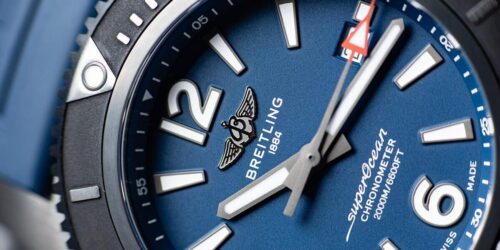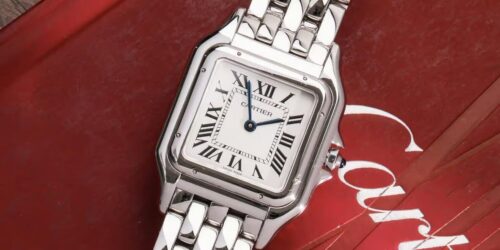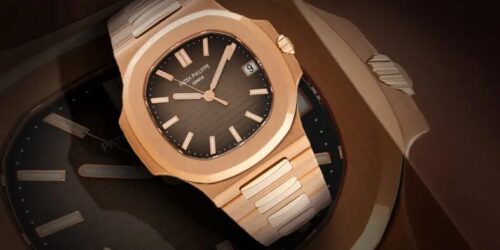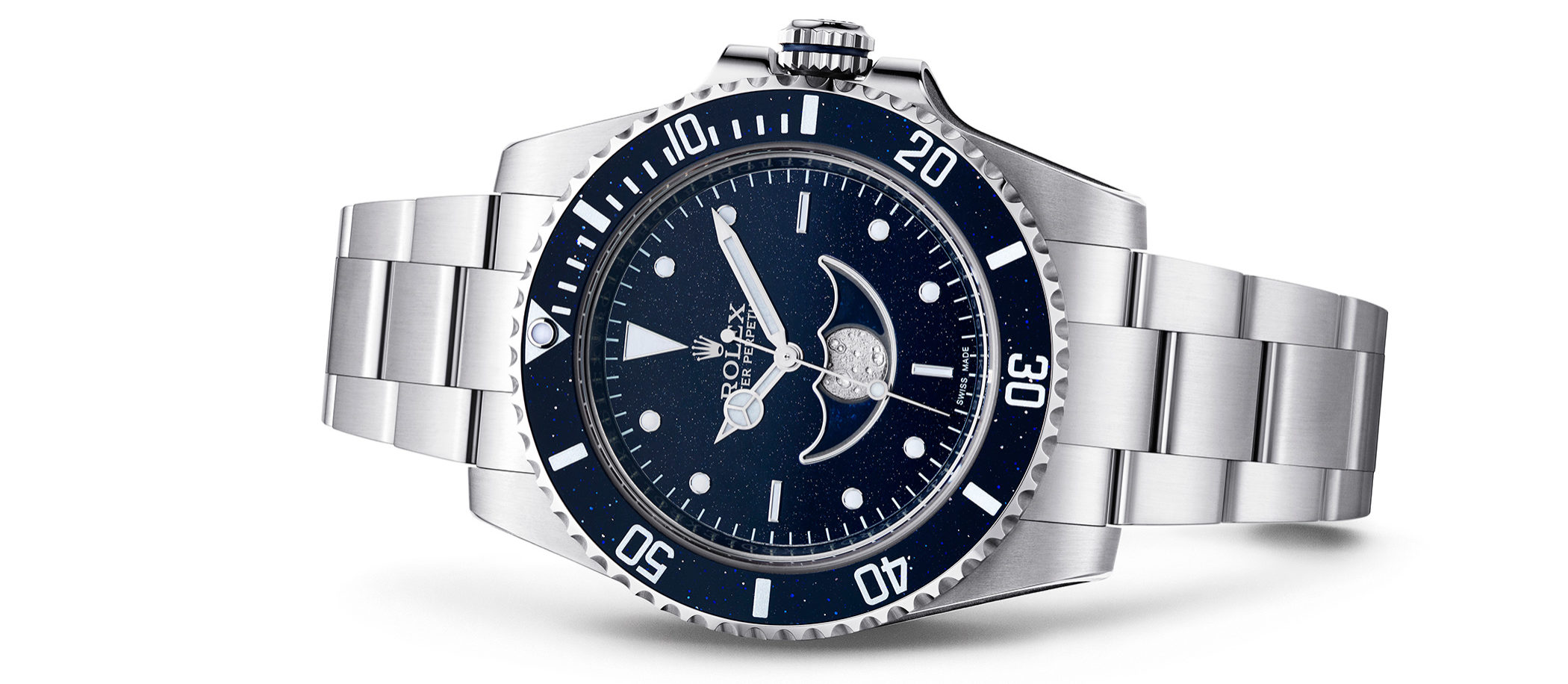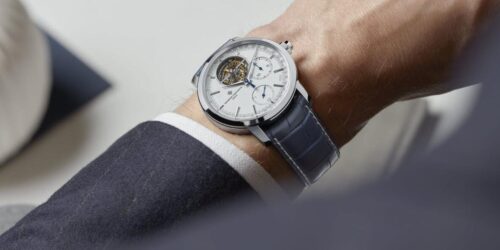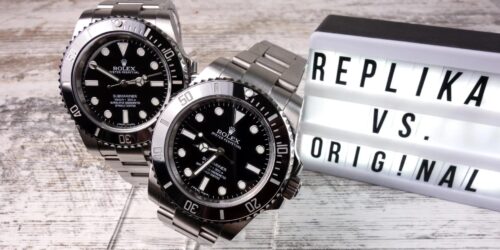Replica TAG Heuer Carrera Chronograph from then to now
Alongside the Breitling Navitimer, Omega Speedmaster and Rolex Daytona, the Replica Tag Heuer Carrera Chronograph is still one of the best-known and most popular automatic chronographs in the world. While Omega’s inspiration is the moon landing and Breitling’s inspiration is aviation, the TAG Heuer Carrera Chronograph is unmistakably positioned as a racing driver’s watch. The reasons for this lie in the long and productive history of the traditional Swiss manufacturer, for example in timekeeping in car races – unfortunately the historical aspect is usually neglected in current Carrera chronographs.
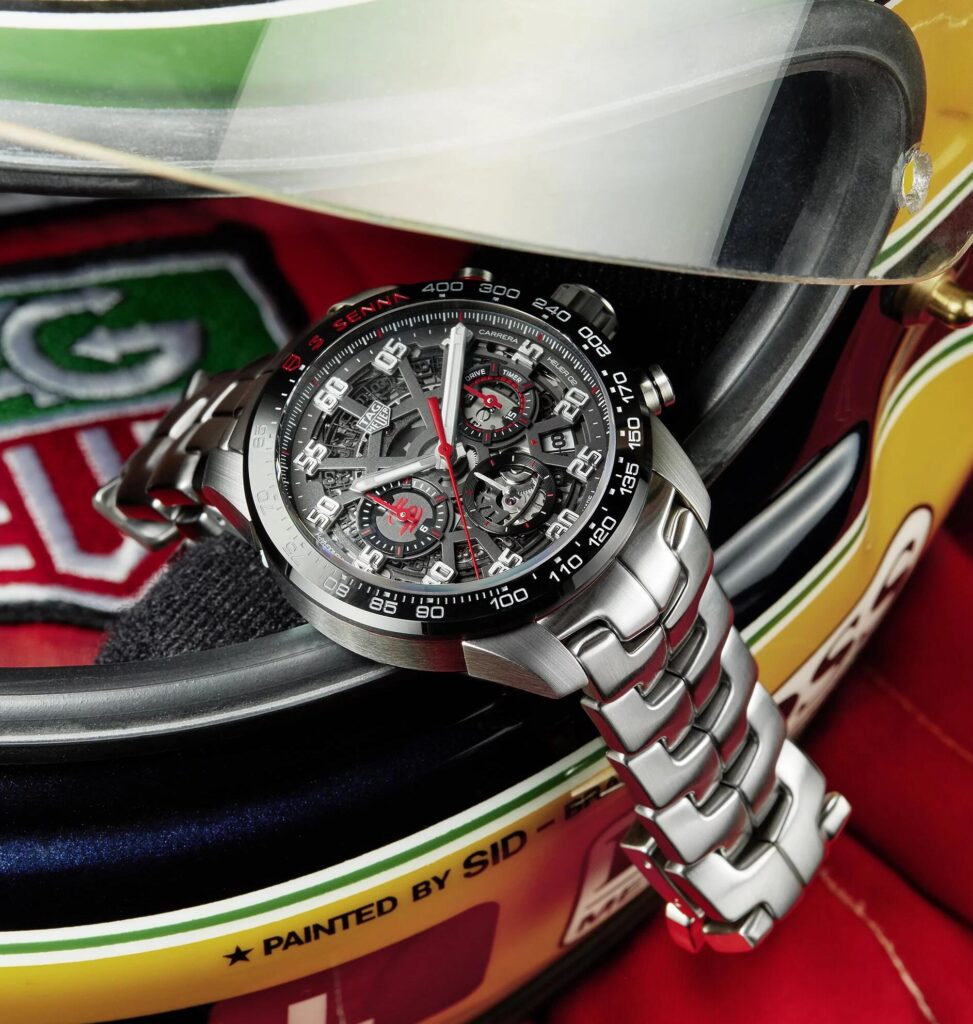
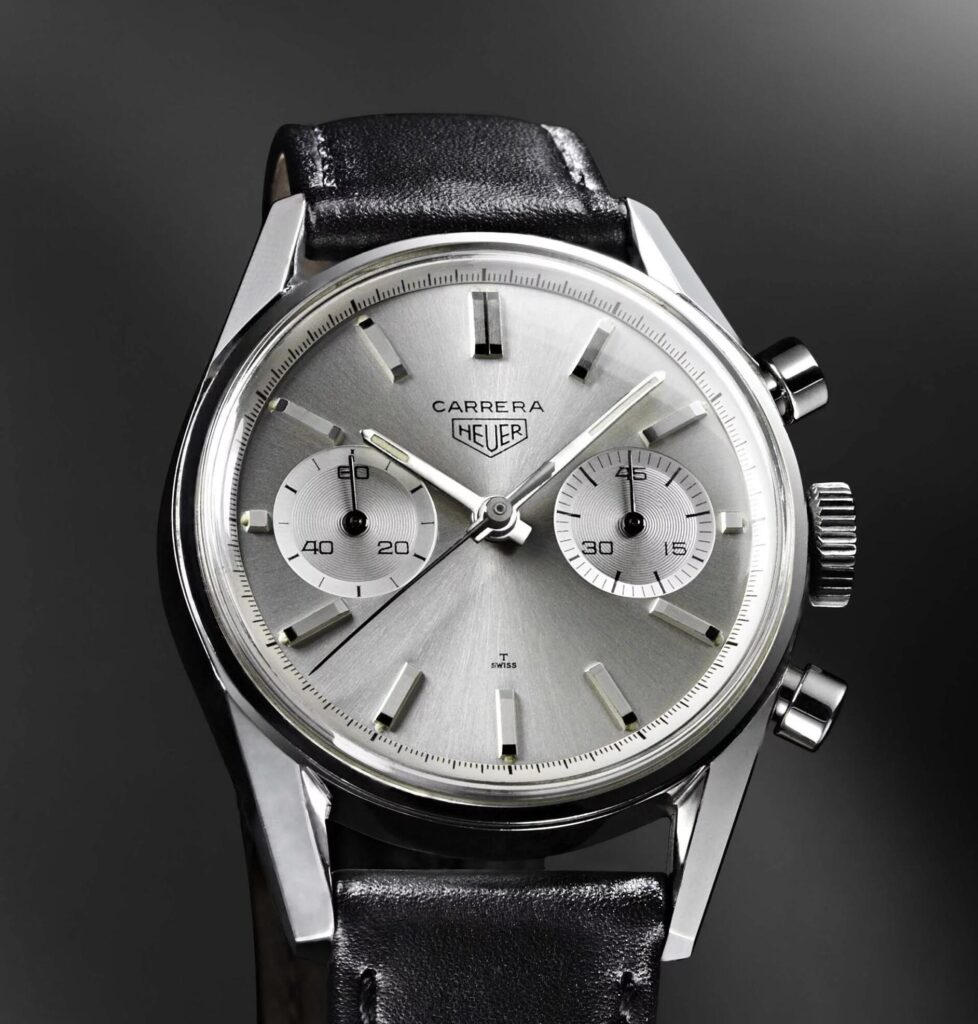
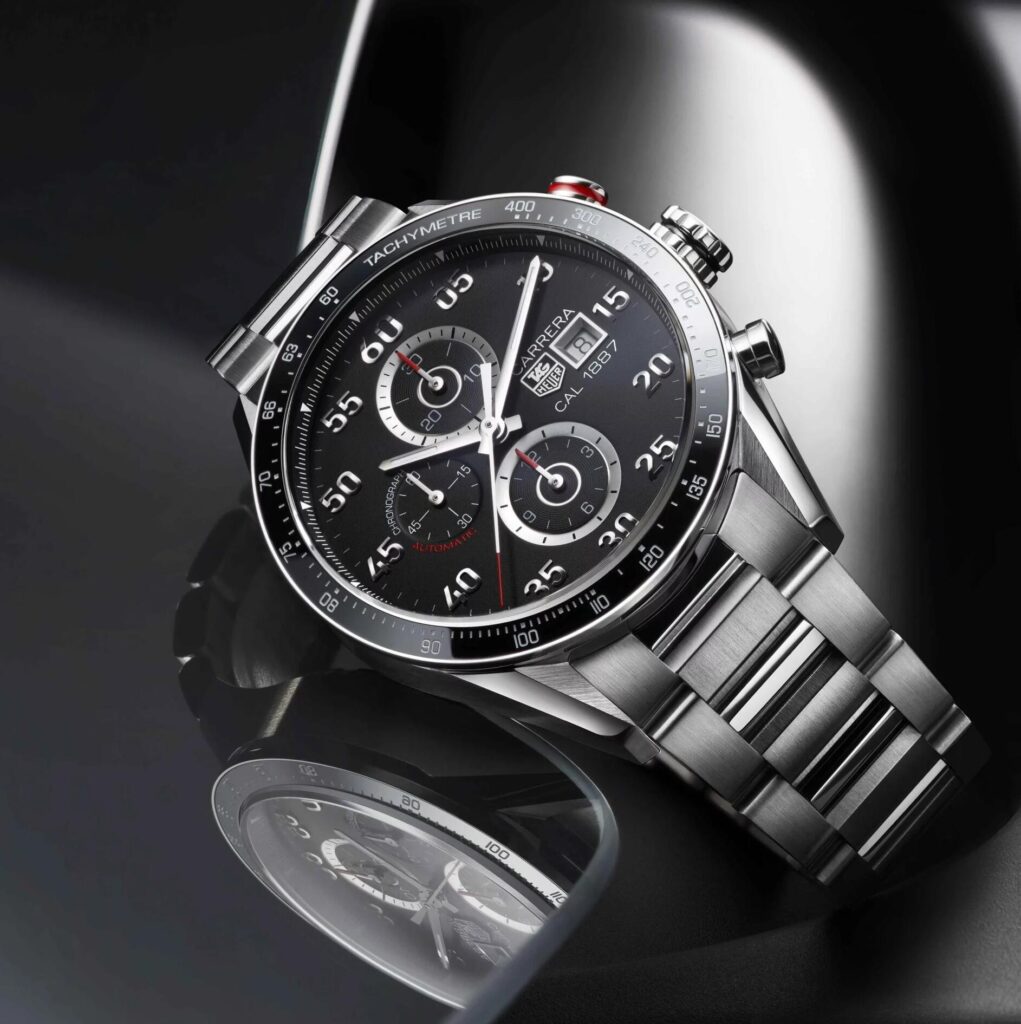
TAG Heuer Carrera Chrongraph: From the stopwatch to the wrist
Chronographs, stopwatches and instrument panel components quickly became the core business of the Swiss watch manufacturer founded in Saint-Imier in 1860. For example, company founder Edouard Heuer registered the first patent for a stopwatch mechanism in 1888. In 1916 a patent for the first hundredths of a second chronograph followed.
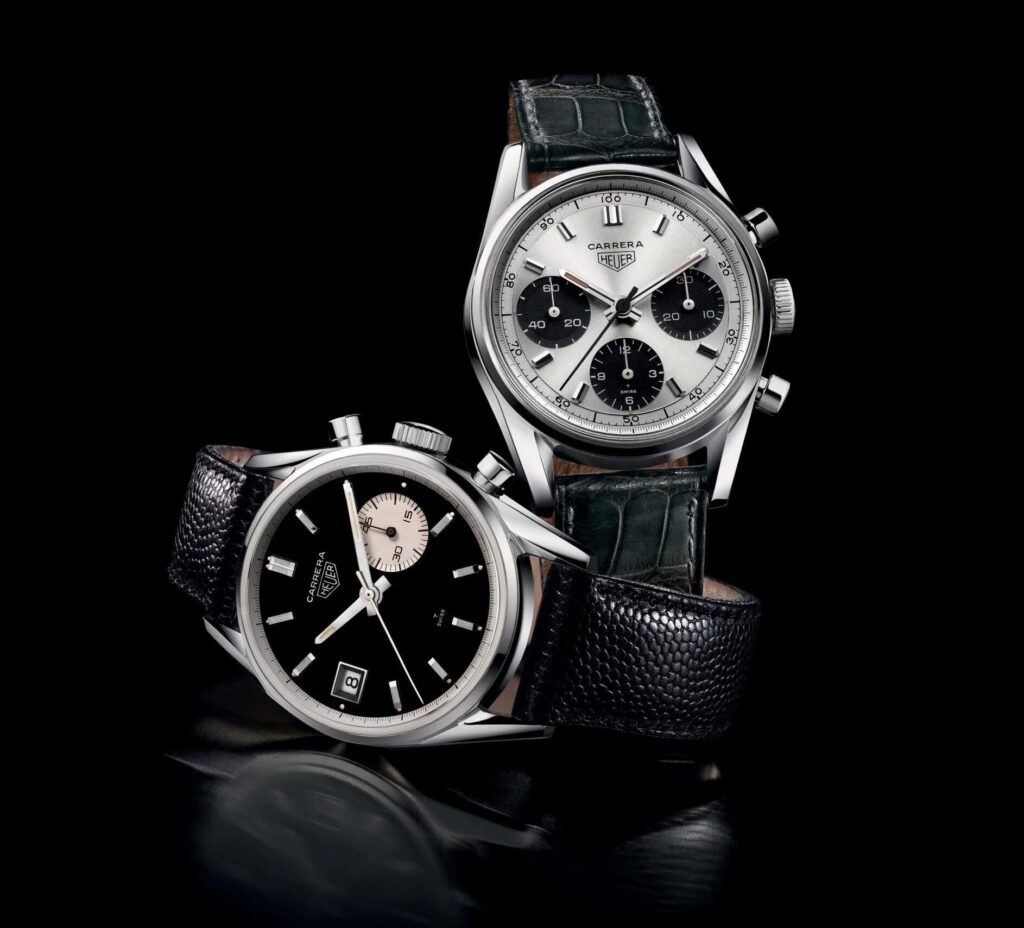
On the basis of this on-board chronograph and – not to forget – various stopwatch models, the way was paved for partnerships with individual drivers and teams from various racing disciplines.
TAG Heuer Carrera Chronograph: initial spark by Jack Heuer
The Swiss watch manufacturer’s focus on automobiles and racing was no coincidence: Jack Heuer, great-grandson of company founder Edouard Heuer and the leading man behind the traditional manufacturer from 1962 to 1982, was considered a long-time fan and participant of all kinds of racing events.
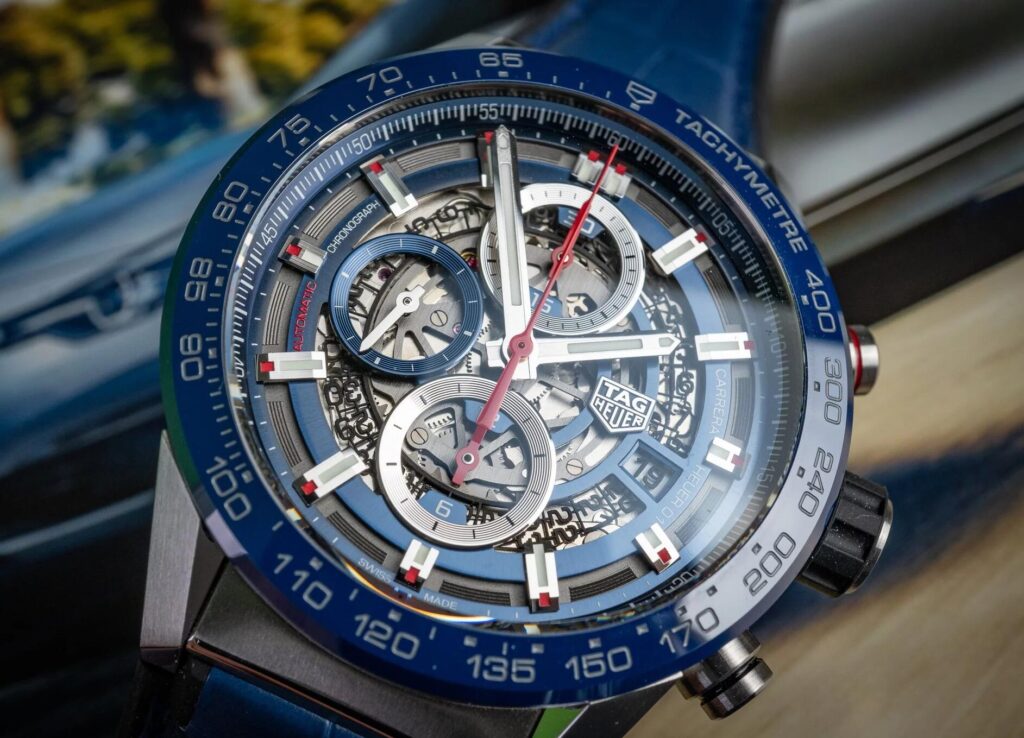
Heuer was also involved in the area of timing in car races early on in the company’s history – here is a Heuer timing stand in 1927:
In the analogue age, measuring time was anything but easy. Heuer employee Jean Campiche said: “With the latest technological developments, we were able to record the times of several vehicles at the same time. This was a difficult job as you had to press a lot of buttons (related to each vehicle) in quick succession – I got the nickname ‘Pianist’ because my fingers moved so quickly.”
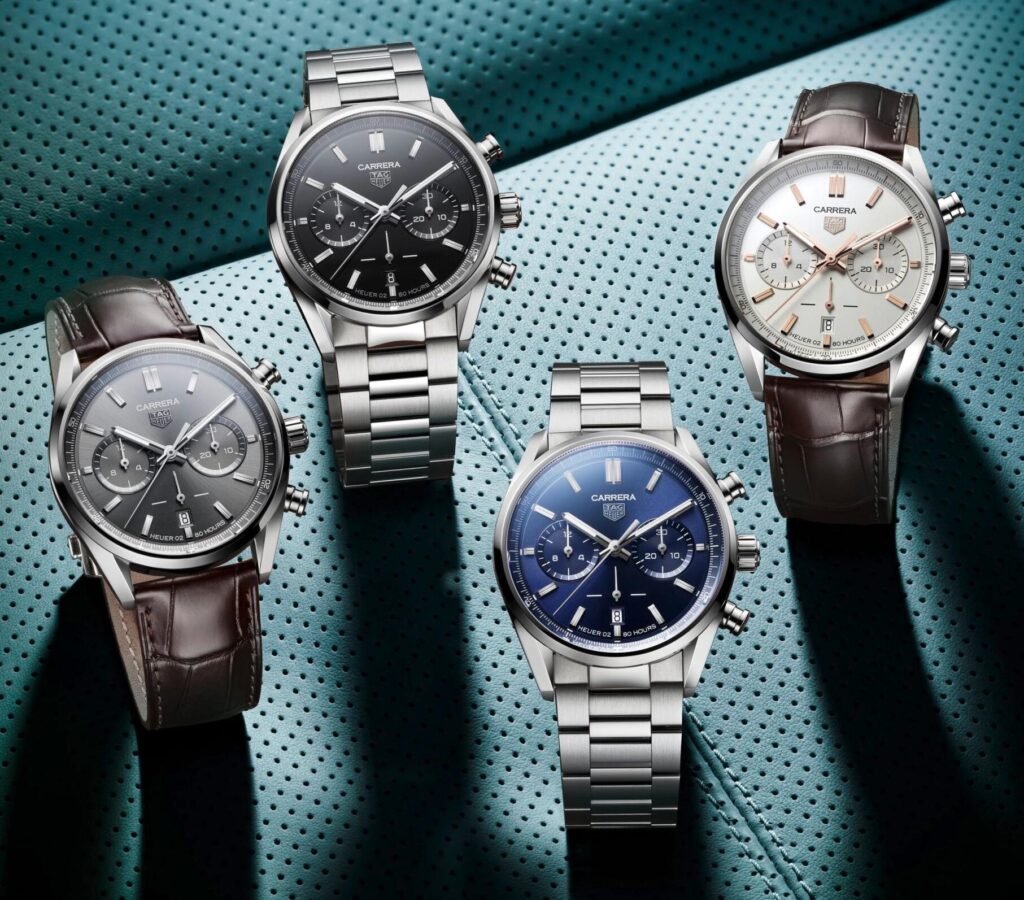
Today, every smartphone can measure the time – but back then, a chronograph like the Heuer Carrera was something special due to the additional function or complication of a stopwatch on the wrist. The same applies to the so-called tachymeter scale: The tachymeter scale (also: tachymetre scale or tachometer scale) can be used to measure units per hour by measuring the time interval between two units. A classic application is measuring the average speed on a defined section of route. The special thing about the Heuer Carrera was the internal tachymetre scale, which underlined the clear design of the chronograph.
You can find out more about the functions of a chronograph and the tachymetre scale here.
Hand-wound is followed by automatic: this year the Chronomatic Caliber 11
After the hand-wound Carrera, Heuer followed up with an automatic version a few years later: In 1969, the patented Carrera Chronomatic Caliber 11, the world’s first automatic chronograph with a barely recognizable microrotor, came onto the market. In order to be able to finance the investment for this development, Heuer teamed up with other big names in the watch industry: Breitling, Buren Watch S.A. and Dubois-Dépraz S.A. and later Hamilton were involved in the development. Three wrist chronographs were equipped with the new automatic movement: the Autavia, the Carrera and the new Monaco.
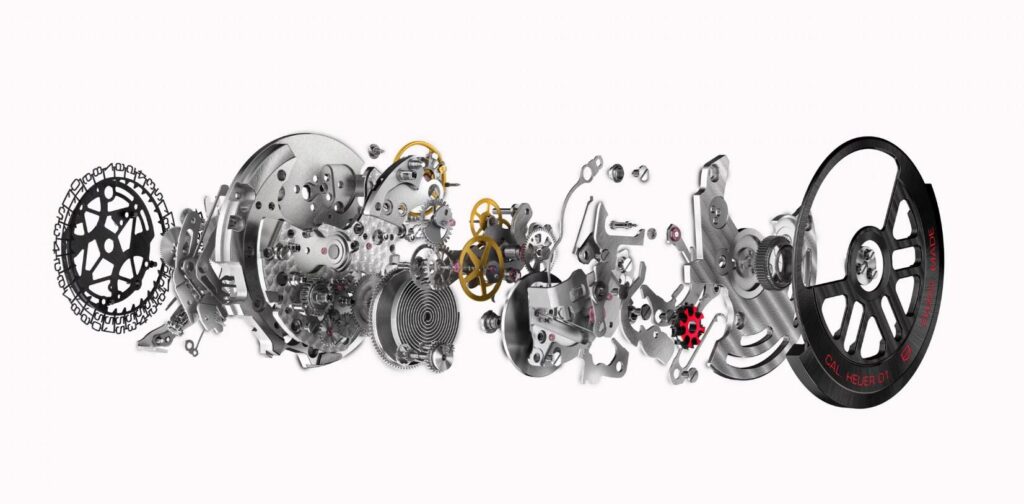
With the introduction of the Caliber 11 and the increasing popularity of Formula 1 (in which Heuer made an extremely large sponsorship effort for the time), the look of the Carrera also changed: larger (39 mm instead of 36 mm) and a little more colorful was the motto. Note also the left-hand position of the crown, which was for technical reasons as the Dubois-Dépraz chronograph module could only be implemented opposite the chronograph pushers:
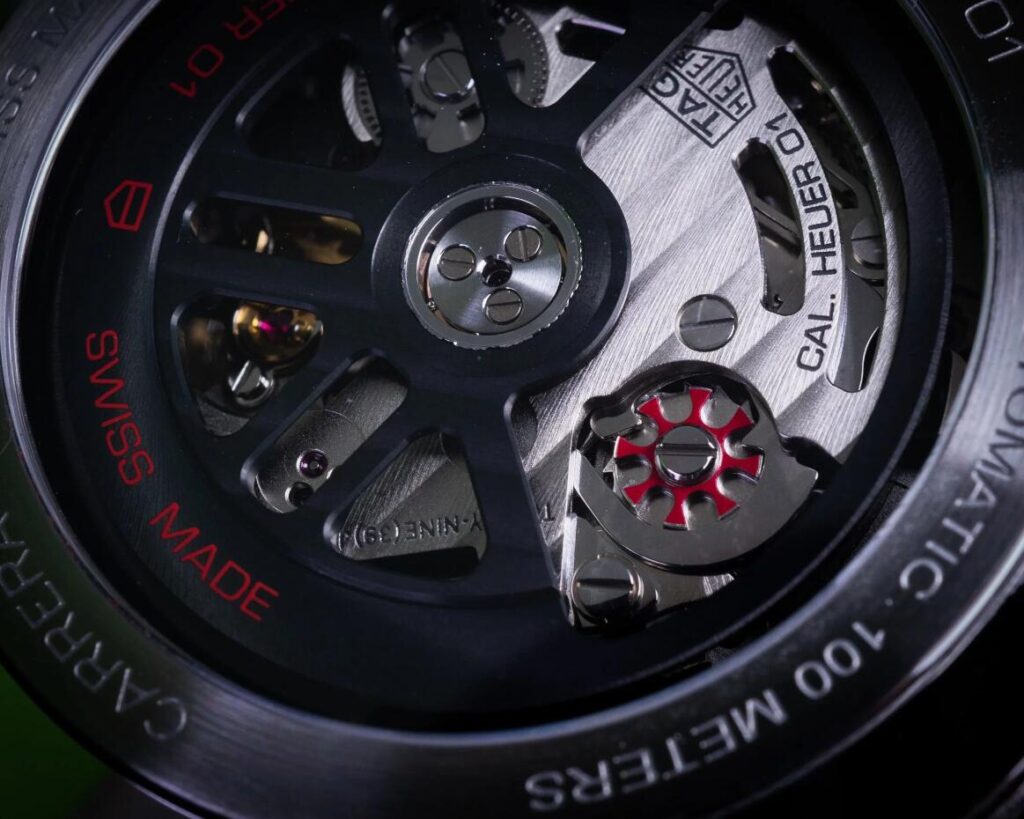
Speaking of Formula 1: Among the top drivers to wear a Carrera on their wrist over the next decade were Ferrari drivers Jacky Ickx, Clay Regazzoni, Mario Andretti, Carlos Reutemann and Jody Scheckter. All members of the 1970 Ferrari racing team, with which Heuer had signed a contract as official sponsor and timekeeper, received a solid gold Carrera with an engraved name and blood type. Incidentally, the Swiss Jo Siffert was the very first Formula 1 driver to enter into a partnership with a watch manufacturer. And that was – how could it be otherwise – this year.
